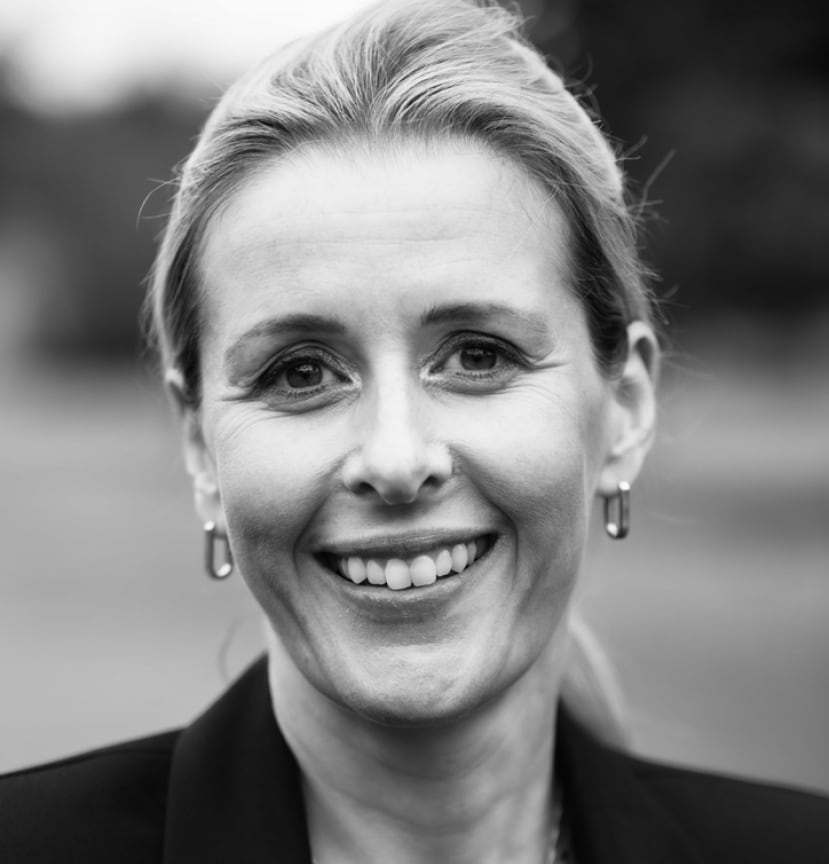Earlier this month, senior leaders across the food and drink sector signed a gender pledge to achieve 40% female representation across the global food chain by 2035.
Dubbed ‘The Food Business Charter’, the commitment has been spearheaded by Meat Business Women (MBW) in collaboration with key stakeholders.
The Food Business Charter is the result of a year-long effort, with MBW working with its subject matter experts across the globe, as well as various sounding boards in the supply chain to create a strategy that is fit-for-purpose.
Although the gender gap in food production is slowly closing, with 2024 McKinsey data showing women represent 36% of employees across food production, the meat industry is lagging behind. Moreover, between 2020 and 2024, female representation within this category actually backtracked.
Analysis from MBW showed that the number of females working in meat fell from 36% in 2020 to 33.5% in 2024. Although marginal, it’s important that the sector addresses this decline quickly and explores why meat is off pace with the rest of the industry.
Hiring new recruits should always be based on merit. While some may worry setting targets for hiring women amounts to positive discrimination, the reality is different. Women are not applying for these roles at the same rate, so setting targets helps to businesses to re-strategise how careers in manufacturing can be repositioned to have a wider appeal.
Achieving gender balance is a way to open up the talent pool and create diversity of thought.
Laura Ryan chief executive officer at Lavenpark Consulting and global chair at Meat Business Women agreed, emphasising that this is not a box ticking exercise.
“Women don’t want to get the job just because they happen to be a woman. No thanks – nobody wants that,” she said.
“We want to be the best for the job, so we want to widen the pool so we get the best people.
“Gender inclusion isn’t a gimmick, it’s a business imperative. Data shows a company that has better gender inclusion makes more money. It’s more profitable, it makes better business decisions, and it has a better competitive advantage.”
Despite this clear business case, diversity, equity and inclusion (DEI) policies have faced challenges, particularly in the US which has seen major companies removing certain phrases linked to DEI and even axing certain targets.
Ryan told Food Manufacture that she has been speaking to several CEOs and it’s clear from the UK leaders she’s spoken to that they remain firmly in favour of DEI.
“We want the competitive advantage,” she summarised. “We want to hang on to the best people. If we roll back from this there’s a danger that we’re going to lose our edge.”
Why meat is dragging its feet
Looking at potential reasons as to why the meat sector is behind when it comes to gender parity, Ryan said that it’s likely down to outdated perceptions. Although the entire manufacturing sector is arguably impacted with similar archaic ideas, she explained that MBW’s data shows that people think you have to either be a butcher or farmer to get involved in meat.
“I haven’t got an agricultural background – I fell into the meat industry by accident 25 years ago and my friends still say ‘meat – sounds awful, what are you doing that for?’,” Ryan observed wearily.
“People don’t see there’s NPD, there’s commercial, there’s development. Like any other industry we need this amazing skillset, and we need to attract people to it, otherwise we aren’t going to be sustainable for the future.”
Entry level roles are driving downfall
Whilst there have been some bright spots in the data, with meat leadership representatives on the up, the same cannot be said for entry level positions.
“The number of chief executives has gone up three percentage points to 8% – still low, but improving – and number of women at board director positions has gone up to 23%. What’s driving the decline is those entry level jobs,” explained Ryan.
The reason for this fall is mostly down to Covid, according to Ryan. As lockdowns saw schools close and parents having to stay at home, it became apparent that operative roles didn’t offer the flexibility needed for childcare.
ONS data shows that during the first weeks of lockdown (28 March to 26 April 2020), in households with children aged under 18 years, women were carrying out on average two-thirds more of the childcare duties per day than men.
After lockdowns eased, Ryan said many who had left “didn’t rejoin the workforce”.
When asked what could be done to address this challenge, she said one of the techniques which has offered up success is to be more flexible in shift patterns. Then, once more women are enticed into these entry roles, it’s about ensuring there is support in place for career progression.
“It’s really important we attract women into those entry level jobs and then help them progress to first line managers – that’s a real broken rung in the career ladder.”
Ryan explained that research has shown men are generally better at climbing the ladder, with women needing different support mechanisms in place to encourage them to step up.
Studies show women are much less likely to apply for a role unless they meet 100% of the job criteria. Meanwhile, men will apply if they only meet 60%.
Speaking on why women may hesitant to put themselves forward for promotion, Ryan said that ‘first line manager roles’ have been traditionally male orientated, so the lack of role models may be a factor.
“You can only be what you can see, and women are not seeing enough role models in that space.
“We need positive progression. If we’re going to get more women to the top, we need to fill the organic pipeline. It’s not enough just to parachute senior women in for these organisations to truly get better representation throughout, we need to fill the pipeline from the bottom.”
The pledge
So what makes the MWB Food Business Charter different to similar pledges made in the past? For Ryan it’s the fact that it’s not simply a piece of paper, but real action.
“This isn’t just talking shop. None of us have time for that, we’re all too busy. This is really action focused,” she said.
To help with that action, the initiative includes a toolkit which underpins the charter’s aims.
“It gives them the ‘how’ […] and it includes accountability,” she continued.
The accountability comes in the form of a follow up data assessment, with signatories pledging to collect and share their data on progress – and an important part of ensuring doing that successfully is to designate that role to a senior executive.
“HR obviously pay a pivotal part in that, but it can’t be just HR,” Ryan explained.
The data will be collated in Q1 2026 with new figures likely to be released in May next year to show how the sector has been getting on. At the same time, Ryan revealed that the charter will be transitioning to cover the entire F&B industry.
In the past, the sector hasn’t been great at “shouting about” the diversity of roles within the industry, she added and “that’s why the food business charter is so exciting”.
While the target is to hit 40% in the next 10 years, Bob Carnell, ABP UK CEO, whose business was among the first raft of signatories, said at the launch event that he hopes to smash this target out of the water and get to 50%.
Commenting on the goal, Ryan said: “I would love to see that we’re back up at 36% next year and if we can get beyond 40%, that’s great.”





